Home>Articles>How To Clean Transmission Fluid Off The Driveway
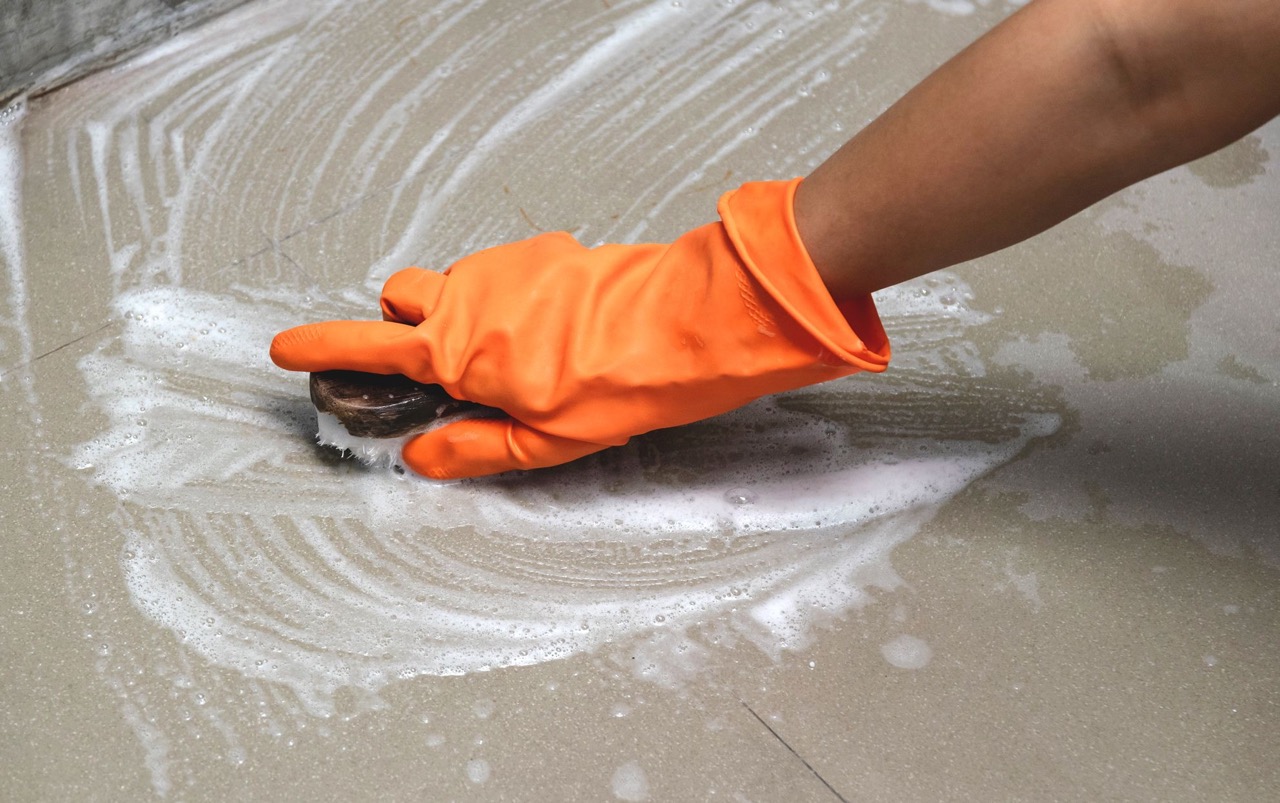

Articles
How To Clean Transmission Fluid Off The Driveway
Modified: January 6, 2024
Learn effective methods for cleaning transmission fluid off your driveway with these informative articles.
(Many of the links in this article redirect to a specific reviewed product. Your purchase of these products through affiliate links helps to generate commission for Storables.com, at no extra cost. Learn more)
Introduction
Welcome to our comprehensive guide on how to clean transmission fluid off the driveway. If you have ever experienced a transmission fluid spill on your driveway, you know that it can leave unsightly stains and potentially damage the surface. Cleaning up transmission fluid requires prompt action and the right approach to ensure effective results.
Transmission fluid is specifically designed to lubricate the various components of your vehicle’s transmission system, ensuring smooth gear shifting and optimal performance. It is typically a reddish or pinkish fluid that can have a slightly thick consistency. However, despite its critical role in the functioning of your vehicle, transmission fluid can create a mess when accidentally spilled on your driveway.
The composition of transmission fluid includes base oils, additives, and detergents that help maintain its viscosity and protect the transmission system from wear and tear. Additionally, transmission fluid also acts as a coolant, helping to regulate the temperature inside the transmission.
When transmission fluid spills occur on driveways, it can leave behind stubborn stains that are not only unsightly but also difficult to remove if left unaddressed. The longer the fluid sits on the surface, the deeper it can penetrate, making the cleaning process even more challenging.
However, with the right materials and approach, you can successfully clean transmission fluid off your driveway and restore its appearance. In this article, we will guide you through the step-by-step process of cleaning transmission fluid off your driveway, along with some additional tips to help you prevent future spills and stains.
So, if you’re ready to tackle that pesky transmission fluid spill on your driveway, let’s get started!
Key Takeaways:
- Act promptly and use the right materials to effectively clean transmission fluid off your driveway, preventing stains, damage, and environmental harm. Follow the step-by-step guide for successful results.
- Implement preventative measures to avoid future transmission fluid spills, such as regular vehicle inspections, prompt leak repairs, and responsible fluid handling. Protect your driveway and maintain its cleanliness.
Read more: How To Clean Antifreeze Off The Driveway
Understanding Transmission Fluid and Its Composition
Before we dive into the process of cleaning transmission fluid off your driveway, it’s important to understand the composition of this essential automotive fluid. Transmission fluid is specifically formulated to meet the unique demands and requirements of automatic and manual transmission systems.
The main purpose of transmission fluid is to lubricate the various moving components within the transmission. This helps reduce friction and withstand the immense heat and pressure generated during operation. Transmission fluid also plays a crucial role in transferring power from the engine to the wheels, enabling smooth gear shifts and optimal performance.
Transmission fluid is typically composed of a base oil, additives, and detergents. The base oil acts as the primary lubricant, ensuring that all gears, bearings, and other internal components are properly coated and protected.
Additives are included in transmission fluid to enhance its performance and provide additional benefits. These additives can improve properties such as anti-wear protection, heat resistance, shear stability, and oxidation resistance. Some additives also help maintain the fluid’s viscosity over a wide range of temperatures, ensuring smooth operation even in extreme conditions.
Detergents and dispersants are crucial components of transmission fluid. They help keep the transmission system clean by preventing the buildup of sludge, varnish, and other contaminants. These additives suspend and remove any harmful deposits that may form over time, ensuring optimal performance and prolonging the lifespan of the transmission.
The overall composition of transmission fluid can vary depending on the specific brand, type, and application. For instance, there are different formulations for automatic transmissions, manual transmissions, and continuously variable transmissions (CVT). It’s important to use the type of transmission fluid recommended by the vehicle manufacturer to ensure proper lubrication and performance.
Now that we have a better understanding of the composition and purpose of transmission fluid, let’s move on to the potential risks and challenges associated with transmission fluid spills on driveways.
Potential Risks of Transmission Fluid on Driveways
Transmission fluid spills on driveways can present a variety of risks and challenges that need to be addressed promptly. While transmission fluid may seem harmless, it can cause several issues if not properly cleaned up. Here are some potential risks associated with transmission fluid on driveways:
- Stains and Discoloration: Transmission fluid can leave behind stubborn stains and discoloration on your driveway’s surface. Its reddish or pinkish hue can create unsightly patches that take away from the overall curb appeal of your property.
- Damage to Driveway Surface: Transmission fluid contains additives and detergents that may have corrosive properties. If left unattended, these chemicals can gradually wear away the protective coating on your driveway’s surface, leading to erosion and potential damage to the underlying material.
- Slippery Surface: Spilled transmission fluid can make your driveway slippery, posing a safety hazard for you and others. The oily residue left behind by the fluid can cause slipping and sliding, increasing the risk of accidents.
- Environmental Impact: Transmission fluid is not environmentally friendly. If the fluid seeps into the ground or enters the stormwater system, it can contaminate the soil and water sources, harming plants, animals, and the overall ecosystem.
- Foul Odor: Over time, transmission fluid spills can emit a foul odor, detracting from the pleasant atmosphere around your property.
- Attracting Dirt and Debris: The sticky nature of transmission fluid can attract dirt, dust, and other debris, making your driveway look even dirtier and require more frequent cleaning.
Addressing these risks promptly and effectively is essential to maintain the appearance and integrity of your driveway. In the next section, we will discuss the materials you will need to clean transmission fluid off your driveway.
Required Materials for Cleaning Transmission Fluid
When it comes to cleaning transmission fluid off your driveway, having the right materials is key to achieving successful results. Here is a list of the essential items you will need:
- Protective Gear: Before you begin the cleaning process, it’s important to prioritize safety. Wear protective gloves, safety glasses, and old clothing that you don’t mind getting dirty.
- Absorbent Material: To quickly and effectively soak up the transmission fluid, you will need an absorbent material such as cat litter, sawdust, or commercial absorbent pads. These materials will help absorb the fluid and prevent it from spreading further.
- Scraper or Putty Knife: A scraper or putty knife will come in handy when dealing with dried or stubborn transmission fluid stains. Use it to gently scrape away any residue before you begin the cleaning process.
- Degreaser/Cleaner: A good quality degreaser or driveway cleaner specifically designed to remove oil stains will be necessary to effectively break down and lift the stubborn transmission fluid stains. Look for a product that is safe for use on your driveway surface.
- Stiff Bristle Brush: A stiff bristle brush can assist in scrubbing the degreaser or cleaner onto the stain and agitating it for optimum penetration. Make sure the bristles are sturdy enough to remove the stubborn stains without damaging the driveway surface.
- Bucket and Water: You will need a bucket of water to dilute the degreaser or cleaner and rinsing the driveway surface. Having multiple buckets can be helpful for keeping clean and dirty water separate.
- Pressure Washer (Optional): If you have access to a pressure washer, it can be a valuable tool for removing tough stains and residue. A pressure washer can provide more forceful water flow, making the cleaning process more efficient.
- Old Towels or Rags: Keep some old towels or rags handy for wiping up excess moisture and drying the driveway surface after cleaning.
- Protective Sealant (Optional): Once the transmission fluid stains are completely removed and the driveway is clean and dry, you may choose to apply a protective sealant to prevent future stains and enhance the appearance of your driveway.
Having these materials on hand will ensure that you are well-equipped to tackle the task of cleaning transmission fluid off your driveway. In the next section, we will discuss how to prepare the driveway for cleaning.
Preparing the Driveway for Cleaning
Before you begin the process of cleaning transmission fluid off your driveway, it’s important to properly prepare the area to ensure effective and efficient cleaning. Here are the steps to prepare your driveway:
- Contain the Spill: If the transmission fluid spill is fresh and still wet, it’s crucial to contain it to prevent further spreading. Use absorbent materials such as cat litter, sawdust, or commercial absorbent pads to absorb and contain the fluid. Gently place the absorbent material over the spill and allow it to sit for a few minutes to absorb as much fluid as possible.
- Remove Debris: Before you can start cleaning, clear any debris or loose dirt from the surface of the driveway. Use a broom or leaf blower to sweep away leaves, dirt, or other debris that may hinder the cleaning process.
- Scrape Dried Stains: If there are any dried or stubborn stains from previous fluid spills, use a scraper or putty knife to gently scrape away the residue. Be careful not to damage the driveway surface while doing this.
- Read the Instructions: Take a moment to carefully read the instructions on the degreaser or driveway cleaner that you will be using. Different products may have specific application methods or safety precautions, so it’s important to be familiar with the instructions before proceeding.
- Protect Nearby Objects: If there are any objects or vehicles near the affected area, cover them with plastic sheeting or old towels to protect them from any cleaning solutions or overspray during the cleaning process.
- Test the Cleaner: Before applying the cleaner or degreaser to the entire area, it’s always a good idea to test it on a small, inconspicuous area of the driveway first. This will allow you to ensure that the cleaner does not cause any discoloration or damage to the surface.
- Prepare the Cleaning Solution: Follow the instructions on the cleaner or degreaser to prepare the cleaning solution. This may involve diluting the product with water in a bucket or spray bottle, as directed.
By following these steps and preparing your driveway properly, you will be ready to tackle the task of cleaning the transmission fluid stains effectively. In the next section, we will provide a step-by-step guide to help you through the cleaning process.
Use a degreaser or absorbent material like cat litter to soak up the transmission fluid. Scrub the affected area with a brush and hot soapy water, then rinse with a hose. Dispose of the used materials properly.
Step-by-Step Guide to Cleaning Transmission Fluid Off the Driveway
Now that you have prepared your driveway, it’s time to start the process of cleaning transmission fluid stains. Follow these step-by-step instructions to effectively remove the stains and restore the appearance of your driveway:
- Apply the Cleaner: Begin by applying the prepared cleaner or degreaser directly to the transmission fluid stains on your driveway. Make sure to cover the entire stained area with a generous amount of the cleaning solution.
- Let it Sit: Allow the cleaner to sit on the stains for the recommended amount of time as specified on the product instructions. This will give the cleaner enough time to penetrate and break down the transmission fluid.
- Scrub the Stains: After the cleaner has had sufficient time to work, take a stiff bristle brush and scrub the stains vigorously. Use circular motions and apply firm pressure to help lift and remove the stubborn stains from the driveway surface.
- Rinse with Water: Once you have scrubbed the stains, it’s time to rinse the driveway with water. Fill a bucket with clean water and use a hose or pressure washer (if available) to thoroughly rinse away the remaining cleaning solution and loosened residue. Make sure to have proper control over the water flow to prevent excessive runoff.
- Inspect for Remaining Stains: After rinsing, carefully inspect the driveway surface for any remaining transmission fluid stains. If you notice any stubborn stains that have not been fully removed, repeat the cleaning process by applying more cleaner and scrubbing until the stains are completely gone.
- Dry the Surface: Once the stains are removed, use old towels or rags to pat dry the surface of the driveway. This will help prevent any water spots or residue from forming as the driveway dries.
- Dispose of Waste Properly: It’s important to dispose of any used cleaning materials, absorbent materials, or contaminated water properly. Transmission fluid is considered hazardous waste, so follow your local regulations for disposal or take it to an appropriate facility to avoid any environmental harm.
- Apply Protective Sealant (Optional): If desired, you can apply a protective sealant to the clean and dry driveway surface. This will help protect against future stains and make future cleanings easier. Follow the instructions on the sealant product for proper application.
Following these steps will help you effectively clean transmission fluid off your driveway and restore its appearance. In the next section, we will provide some additional tips to ensure a more effective cleaning process.
Additional Tips for Effective Cleaning
While following the step-by-step guide outlined in the previous section will help you clean transmission fluid off your driveway, here are some additional tips to ensure a more effective cleaning process:
- Act Quickly: The sooner you can address the transmission fluid spill, the easier it will be to clean. Try to clean up the fluid as soon as possible to prevent it from further penetrating the driveway surface.
- Test Cleaning Solutions: Before applying any cleaning solution to the entire stained area, it’s recommended to test it on a small, inconspicuous spot first. This will ensure that the cleaner does not cause any discoloration or damage to your driveway surface.
- Use Hot Water: If possible, use hot water to rinse off the cleaning solution. Hot water can help dissolve and remove the residue more effectively, providing better results.
- Work in Small Sections: It’s advisable to work on one small section of the stained area at a time. This allows you to focus your efforts and ensure thorough cleaning before moving on to the next section.
- Repeat the Process if Needed: If stubborn stains persist after the initial cleaning, don’t be discouraged. Repeat the cleaning process by applying more cleaning solution, allowing it to sit, scrubbing, and rinsing until the stains are fully removed.
- Consider Professional Cleaning Services: If you are unable to achieve the desired results or if the transmission fluid spill is extensive, it may be worth considering professional cleaning services. Professionals have the expertise, specialized equipment, and knowledge to handle tough stains and restore the appearance of your driveway.
- Maintain Regular Cleaning: To prevent future transmission fluid stains, it’s important to maintain regular cleaning and maintenance of your driveway. Promptly clean up any spills or leaks from your vehicle to minimize the risk of stains and damage to the surface.
By following these additional tips, you can improve the effectiveness of the cleaning process and ensure long-lasting results. Taking preventive measures to avoid future transmission fluid spills will also help maintain the cleanliness and appearance of your driveway.
Now that you have successfully cleaned the transmission fluid off your driveway and learned some valuable tips, let’s discuss preventive measures you can take to avoid future spills and stains.
Preventative Measures to Avoid Future Transmission Fluid Spills
While cleaning transmission fluid off your driveway is important, preventing future spills is equally crucial. By taking preventative measures, you can avoid the hassle and potential damage caused by transmission fluid spills. Here are some effective strategies to help you prevent future spills:
- Maintain Regular Vehicle Inspections: Regularly inspect your vehicle for any signs of transmission leaks or fluid level issues. Addressing these problems promptly can prevent fluid spills and potential damage to your driveway.
- Fix Leaks Immediately: If you notice any transmission fluid leaks, get them repaired as soon as possible. Don’t ignore even small leaks, as they can worsen over time and result in substantial spills on your driveway.
- Follow Manufacturer Guidelines: Adhere to your vehicle manufacturer’s guidelines and recommendations for transmission fluid changes and maintenance. Regularly servicing your transmission can help prevent leaks and ensure the longevity of the transmission system.
- Park on an Impermeable Surface: Whenever possible, park your vehicle on an impermeable surface such as a garage or paved parking lot. This will minimize the risk of transmission fluid spills on your driveway altogether.
- Use a Drip Pan: If you don’t have access to an impermeable parking surface, consider using a drip pan underneath your vehicle to catch any potential fluid leaks. These pans are designed to collect fluids, preventing them from reaching the ground.
- Regularly Check Transmission Lines and Connections: Inspect the transmission lines and connections periodically for any signs of damage or wear. Replace any worn-out or damaged parts to prevent leaks and spills.
- Properly Secure Fluid Containers: When transporting or storing transmission fluid, ensure that the containers are properly sealed and securely placed to prevent accidental spills.
- Be Mindful During Fluid Changes: If you change the transmission fluid yourself, be cautious to avoid spills. Use a suitable drain pan and follow proper disposal procedures for the old fluid.
By implementing these preventative measures, you can significantly reduce the risk of transmission fluid spills on your driveway. Remember, proactive maintenance and responsible handling of transmission fluid are key to preventing spills and ensuring the cleanliness and integrity of your driveway.
Now that you have learned how to clean transmission fluid off your driveway, as well as preventative measures to avoid future spills, you are well-equipped to maintain a clean and stain-free driveway. By following these guidelines, you can protect your driveway’s appearance and prolong its lifespan in the face of unexpected transmission fluid mishaps.
So, go ahead and confidently tackle any transmission fluid spills that come your way, knowing that you have the knowledge and tools to handle them effectively!
Conclusion
Cleaning transmission fluid off your driveway can seem like a challenging task, but with the right approach and materials, it can be effectively accomplished. By understanding the composition of transmission fluid, the potential risks it poses to driveways, and the necessary steps for cleaning, you can restore the appearance of your driveway and maintain its integrity.
Throughout this comprehensive guide, we have discussed the importance of acting quickly, preparing the driveway properly, and using the right cleaning materials and techniques. We have also provided additional tips to enhance your cleaning process and prevent future transmission fluid spills.
Remember, safety should always be a priority. Wear protective gear, contain the spill, and dispose of waste properly to prevent any harm to yourself or the environment.
By being proactive and taking preventative measures, such as maintaining your vehicle, fixing leaks promptly, and parking on impermeable surfaces, you can significantly reduce the risk of transmission fluid spills on your driveway.
Cleaning transmission fluid off your driveway not only improves its visual appeal but also helps prevent potential damage to the surface. It enhances the overall curb appeal of your property and provides a safer environment for you and others using the driveway.
Now that you have the knowledge and understanding of how to clean transmission fluid off your driveway, it’s time to put it into practice. Act promptly, follow the step-by-step guide, and employ the additional tips to effectively remove transmission fluid stains and maintain a clean driveway.
By following the guidelines in this article, you can confidently address any transmission fluid spills that may occur, knowing that you have the necessary tools and information to handle them effectively. So, roll up your sleeves and tackle those pesky stains, and let your driveway shine once again!
Frequently Asked Questions about How To Clean Transmission Fluid Off The Driveway
Was this page helpful?
At Storables.com, we guarantee accurate and reliable information. Our content, validated by Expert Board Contributors, is crafted following stringent Editorial Policies. We're committed to providing you with well-researched, expert-backed insights for all your informational needs.
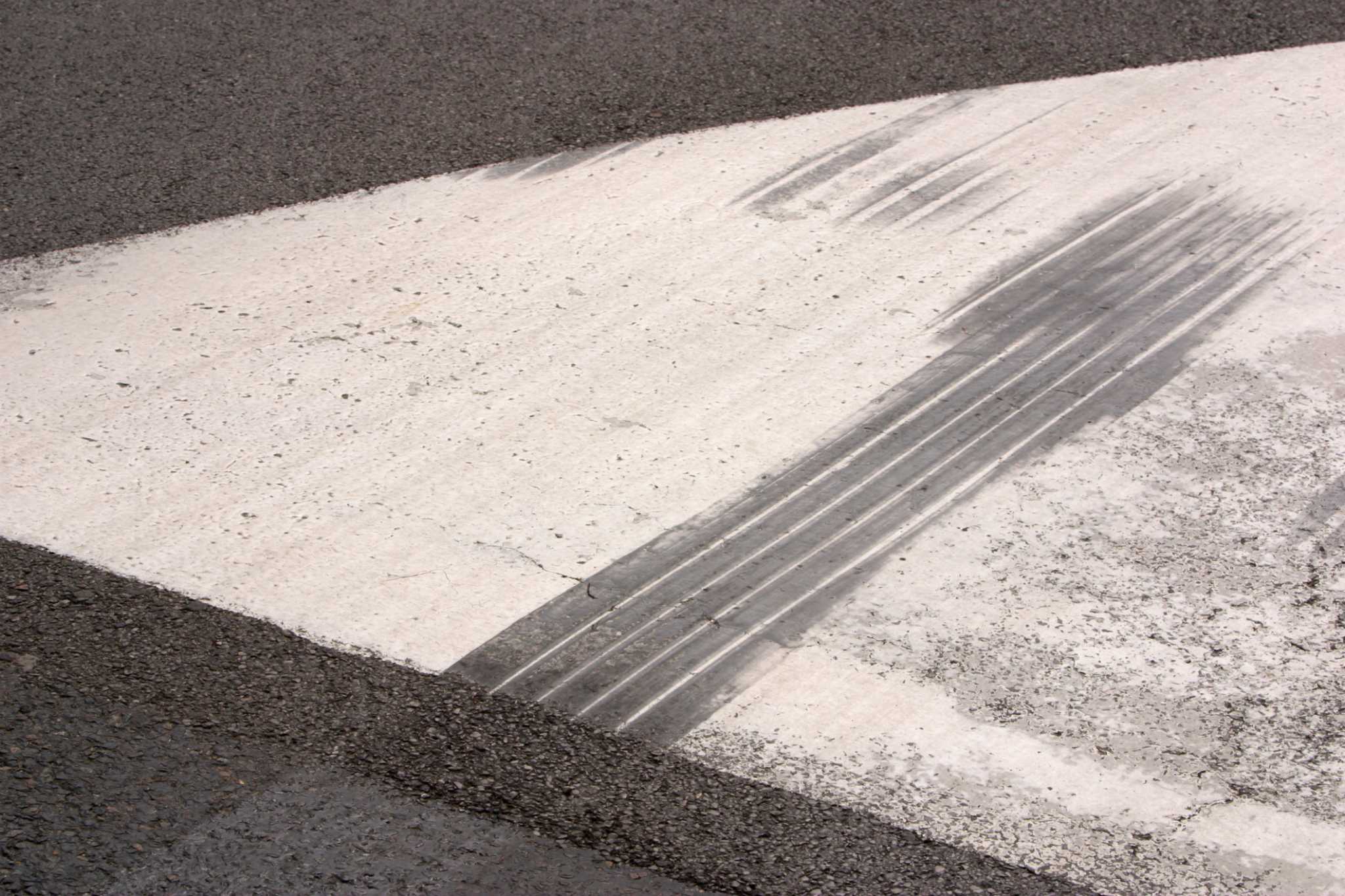
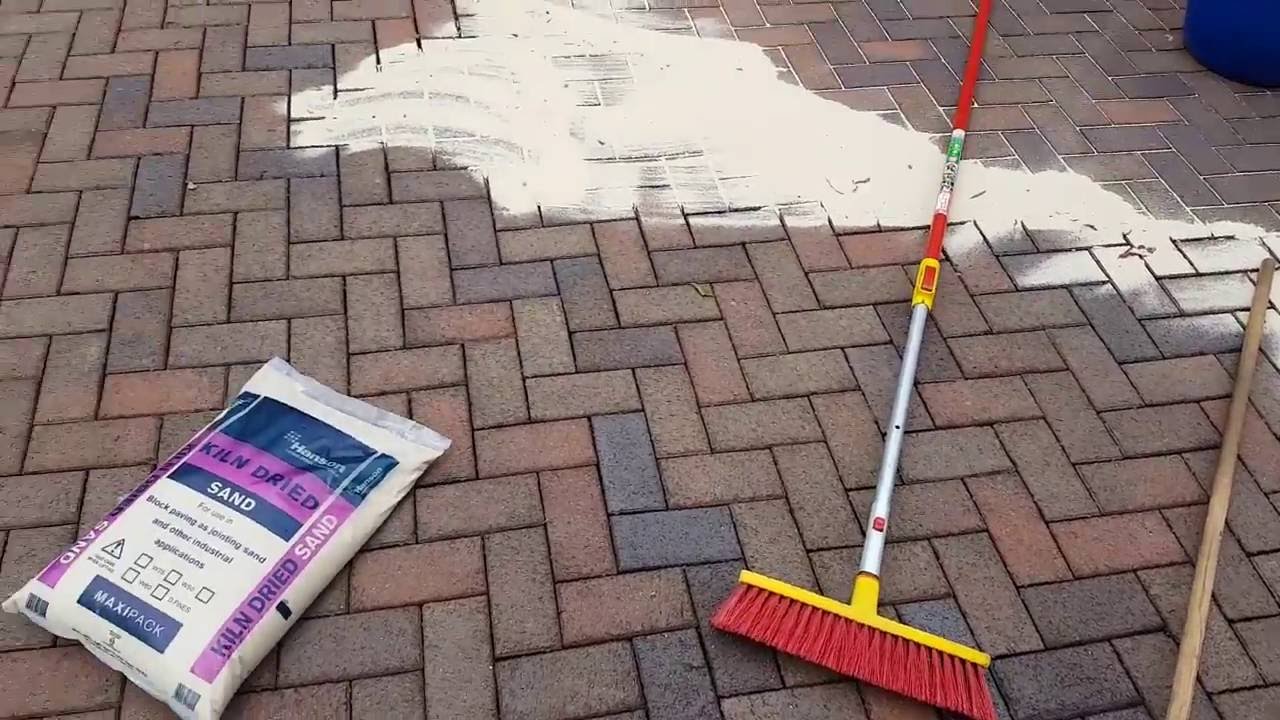
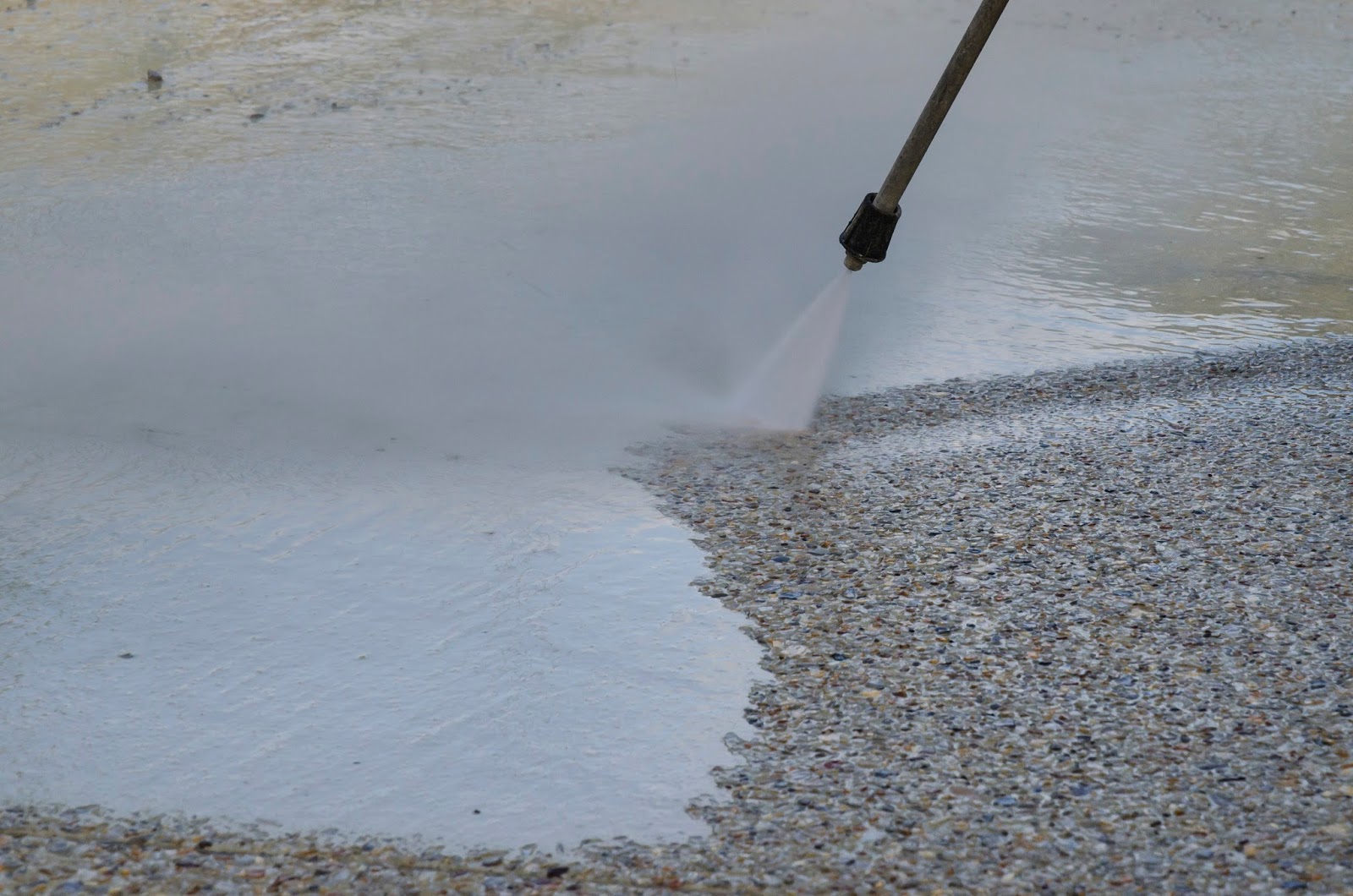
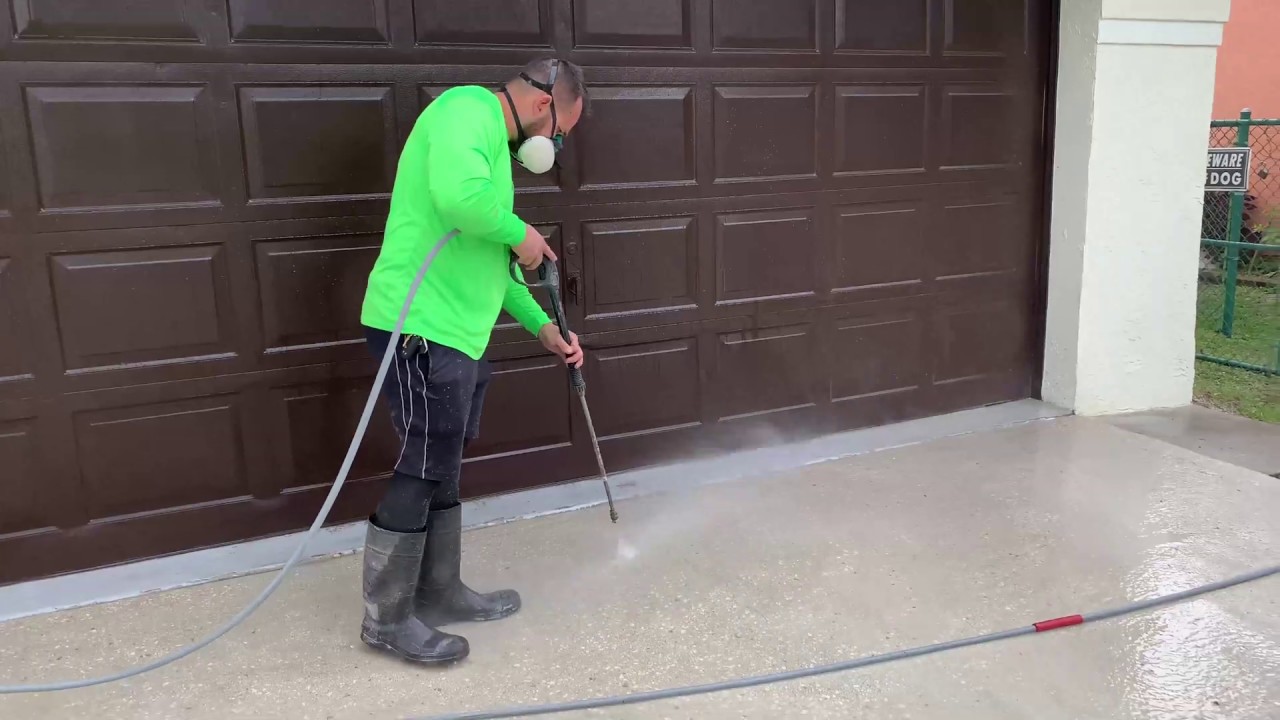
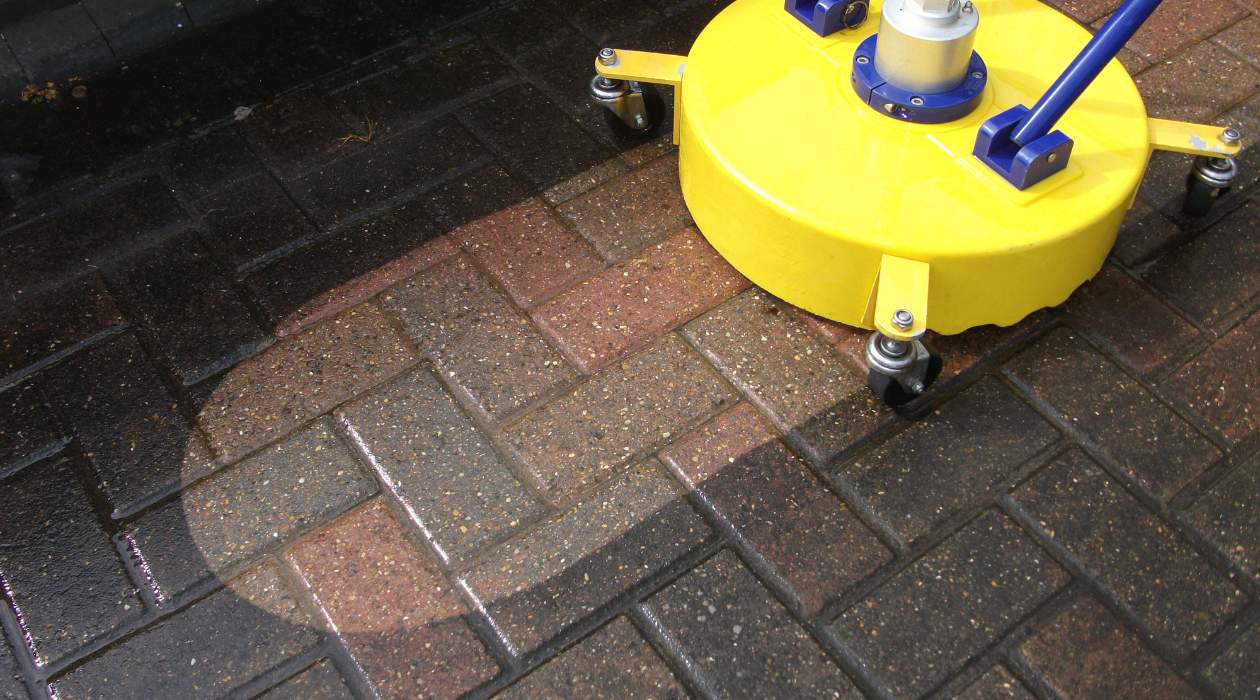
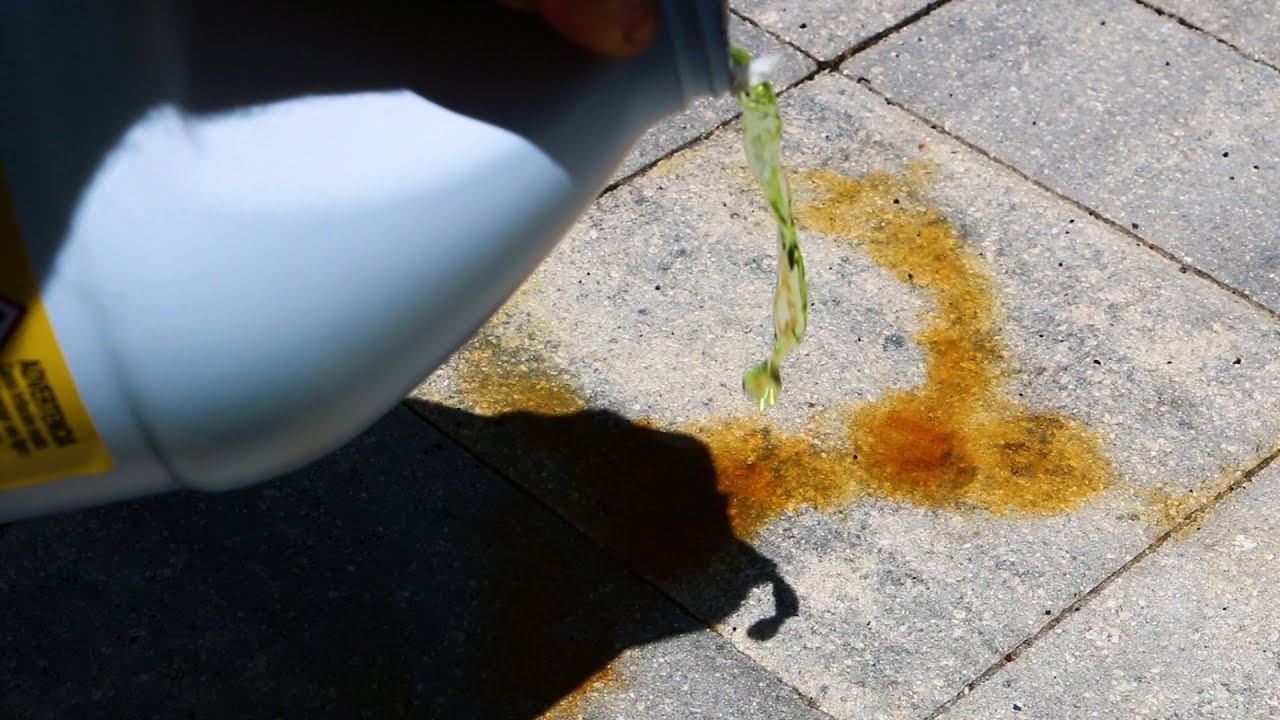
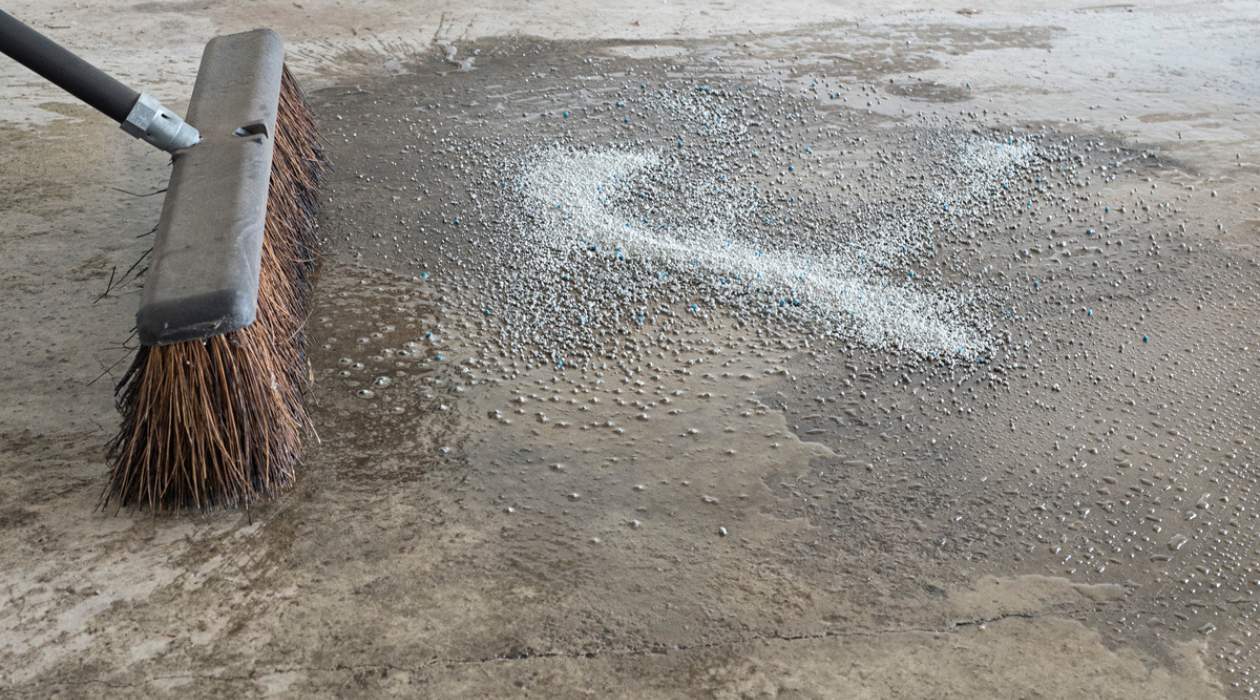

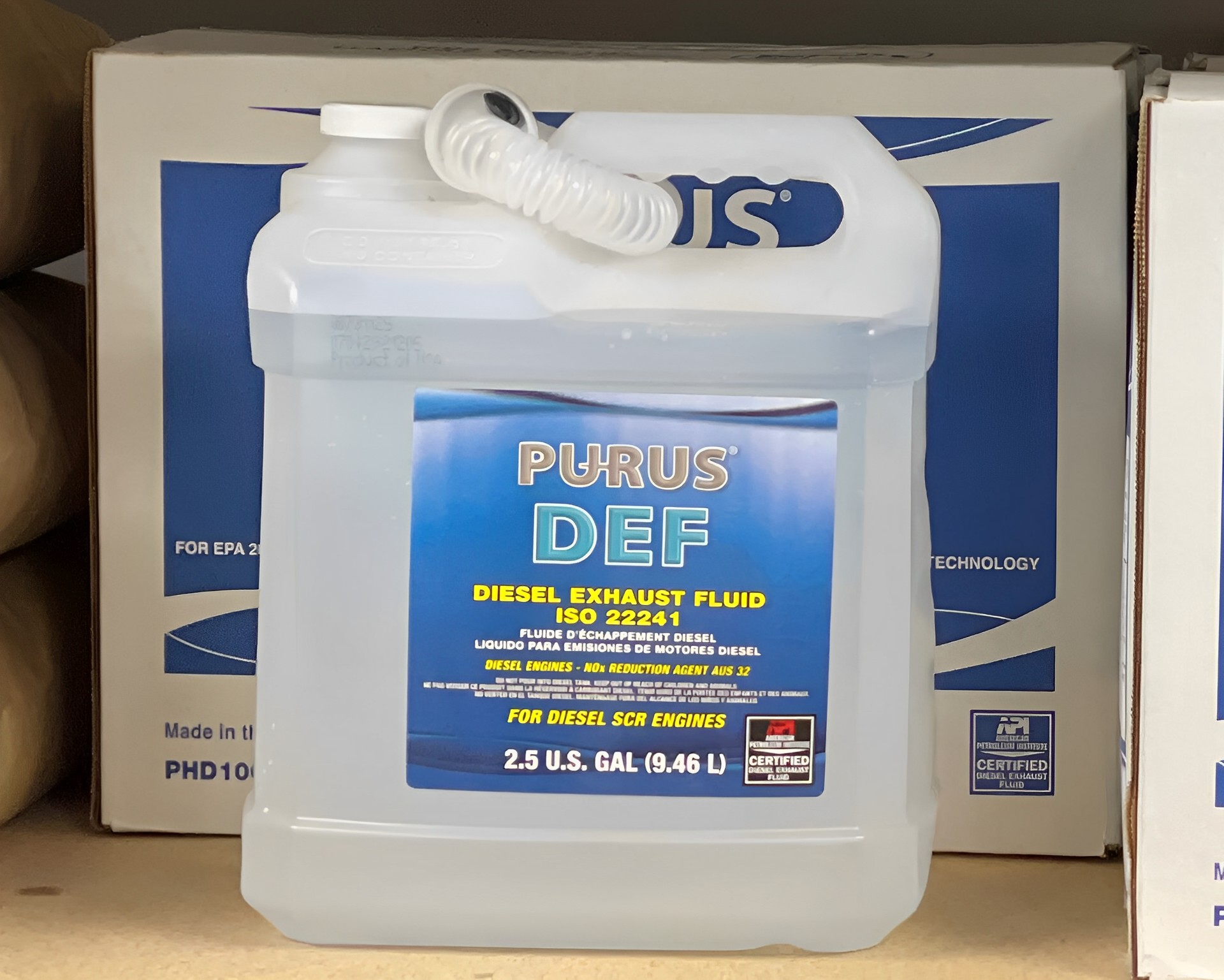
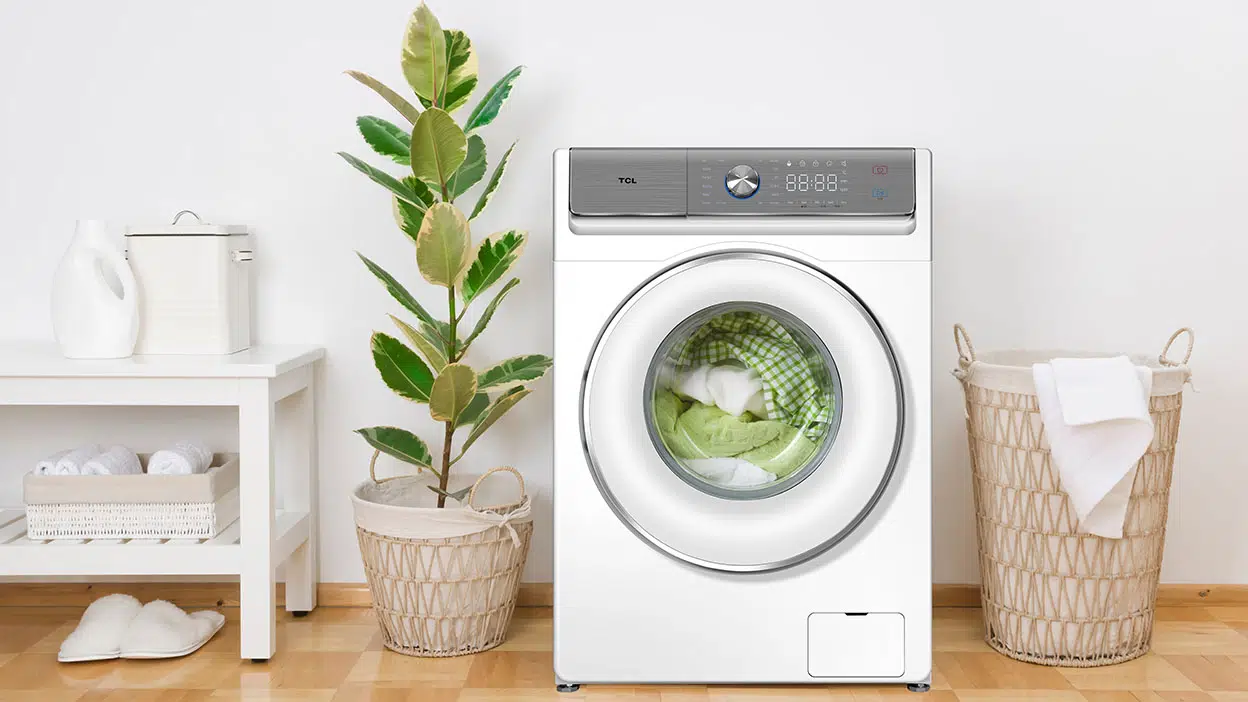
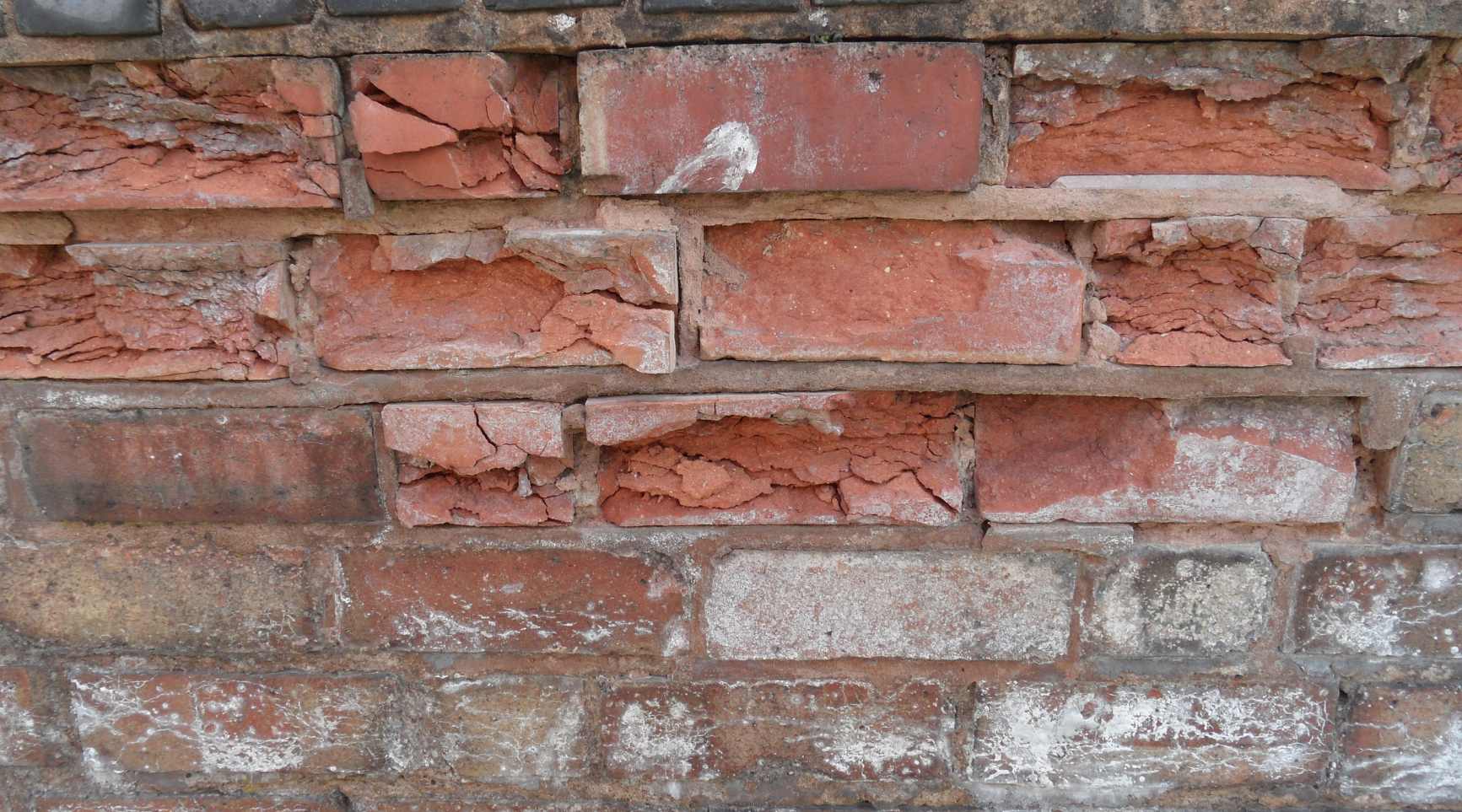
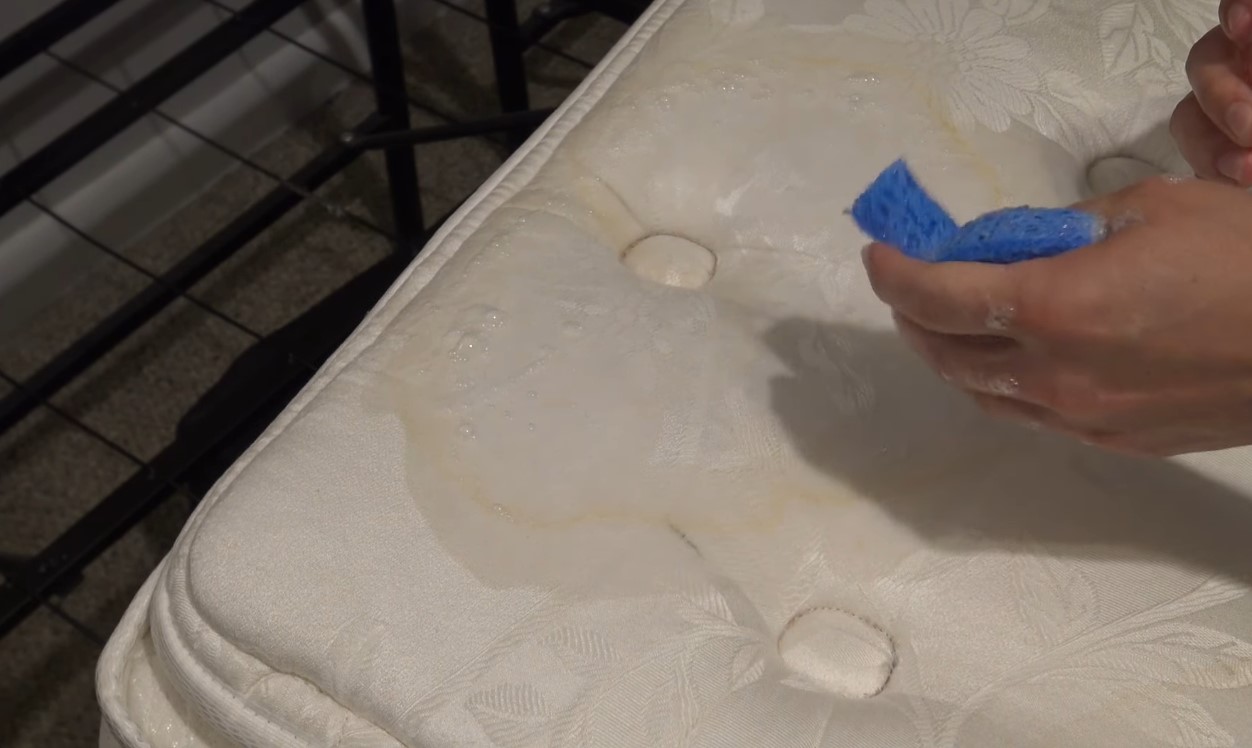
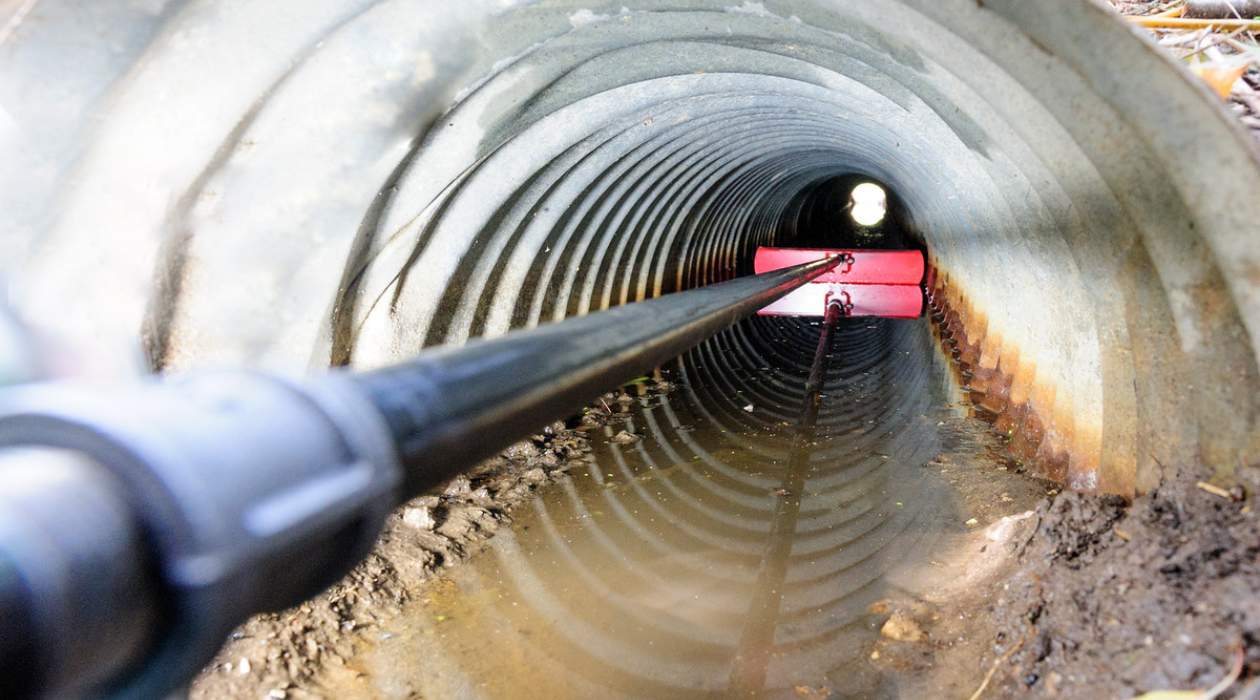
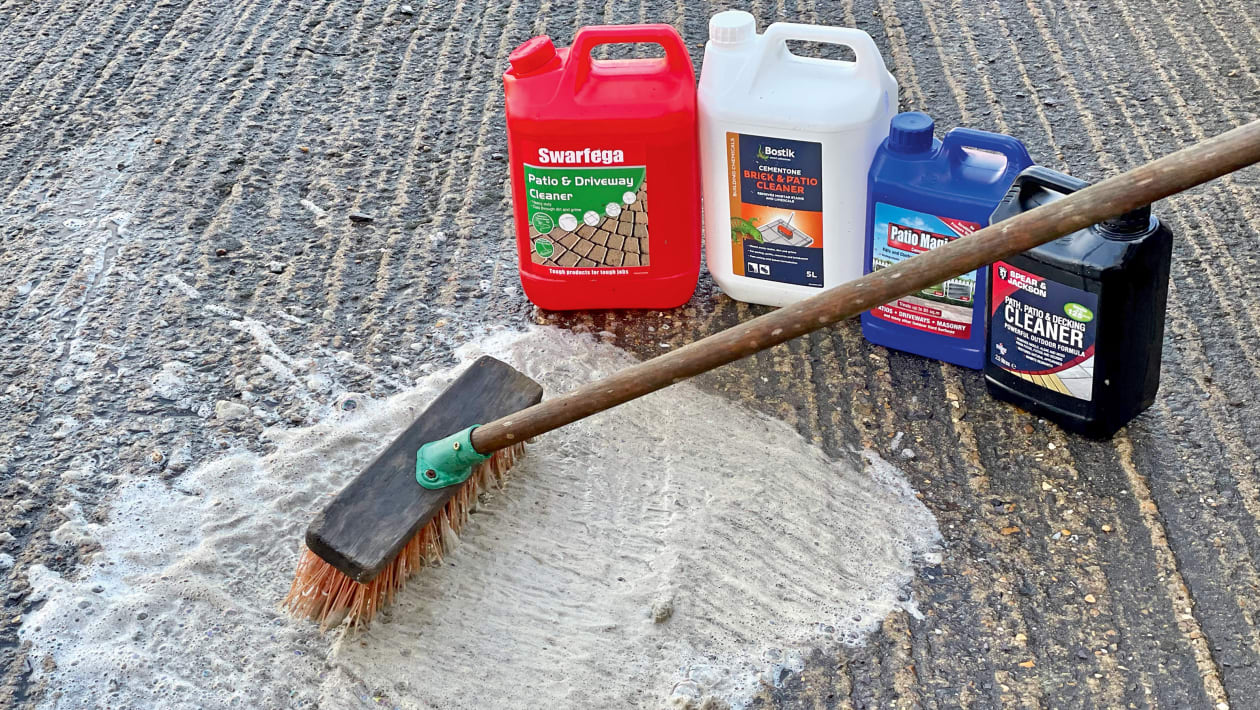

0 thoughts on “How To Clean Transmission Fluid Off The Driveway”